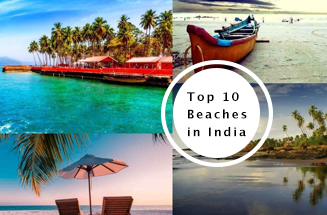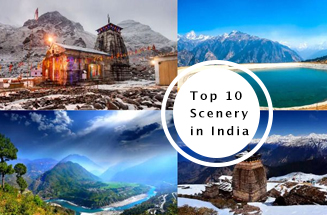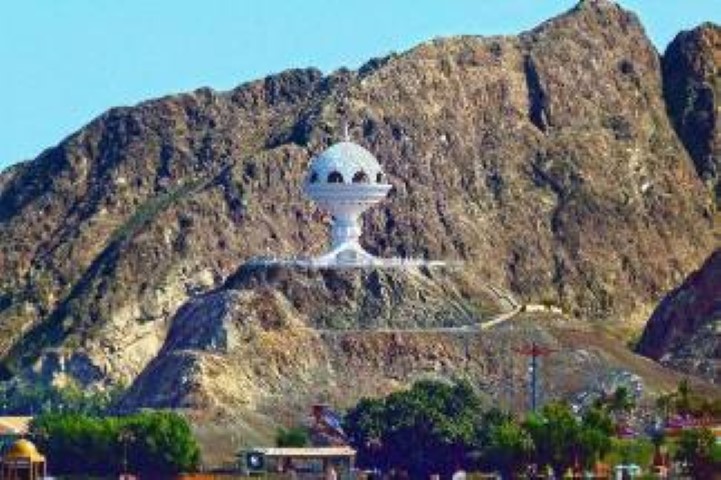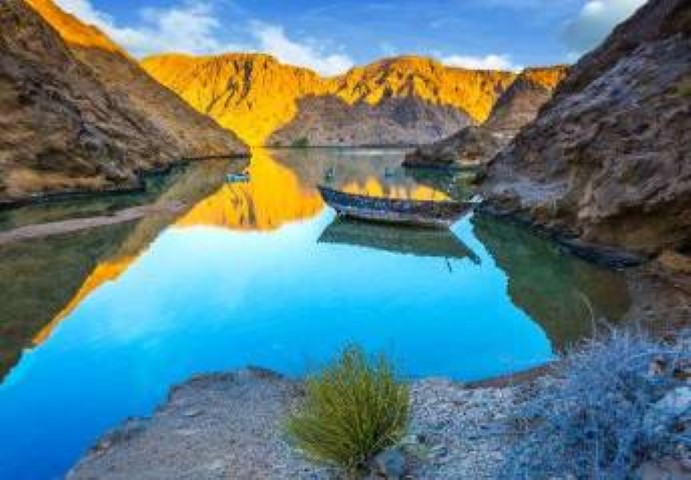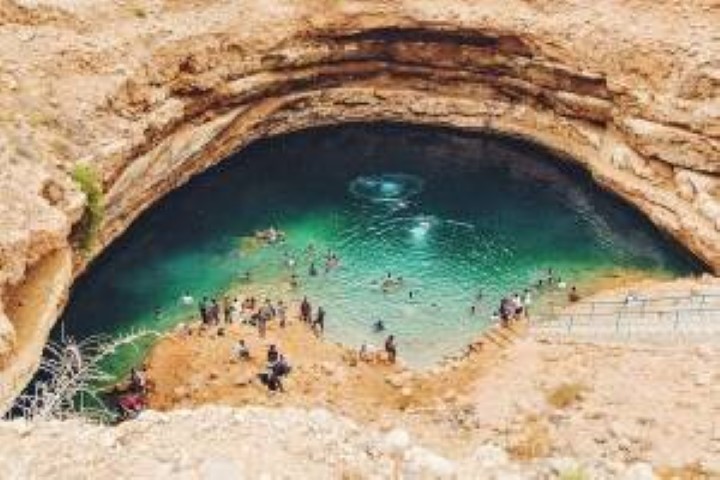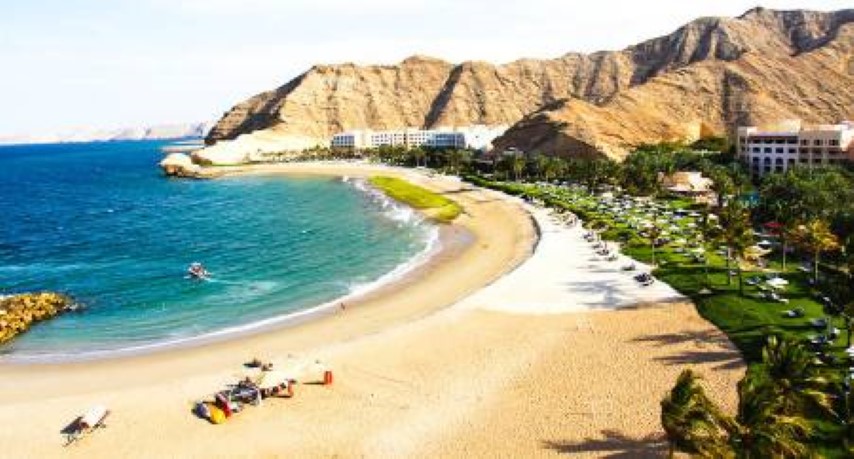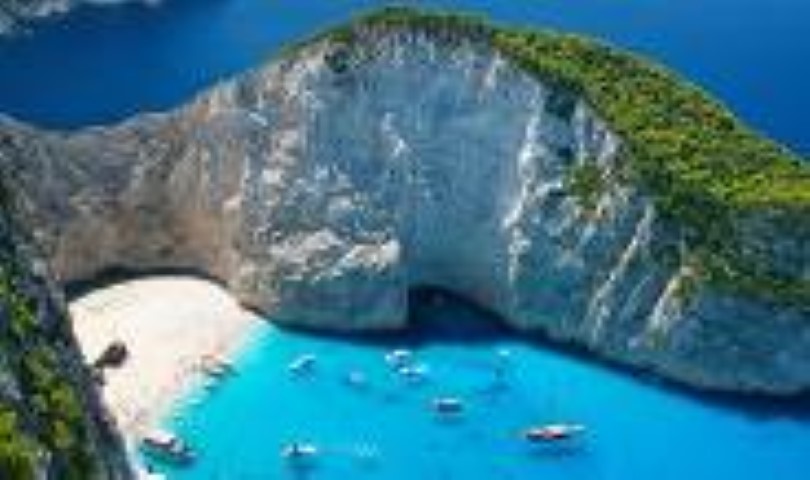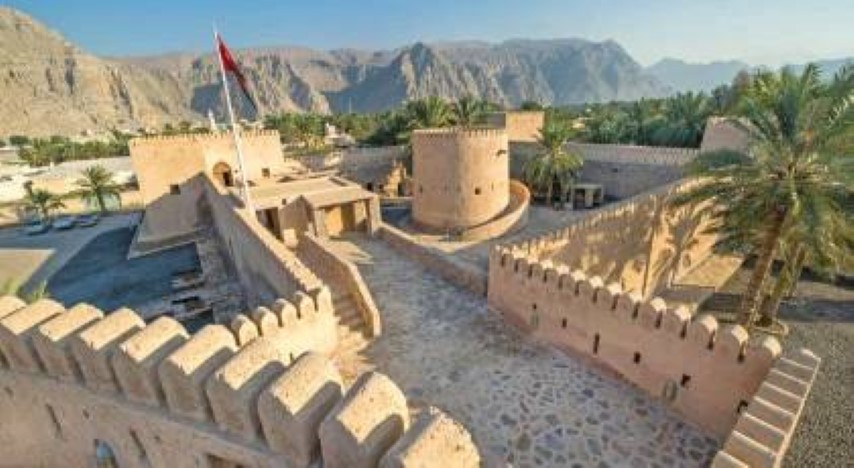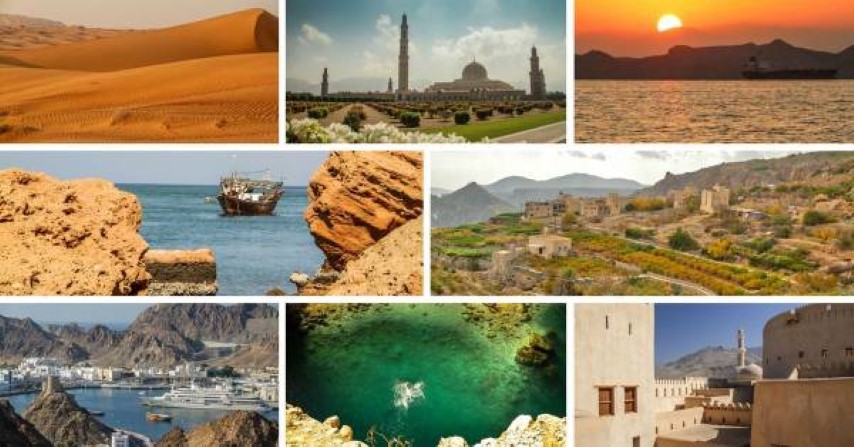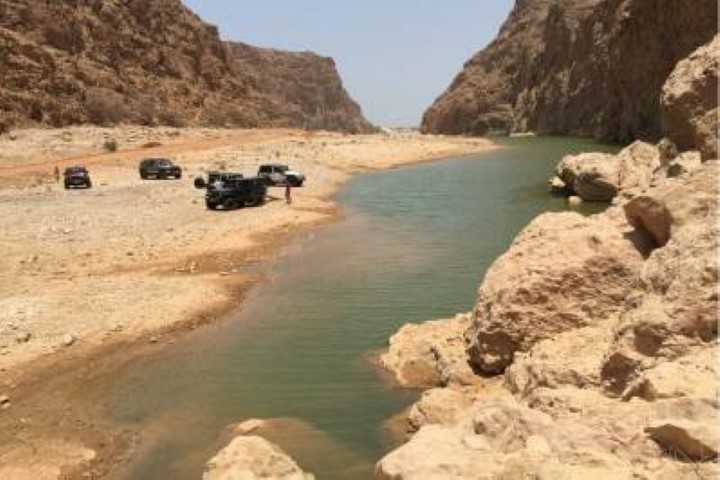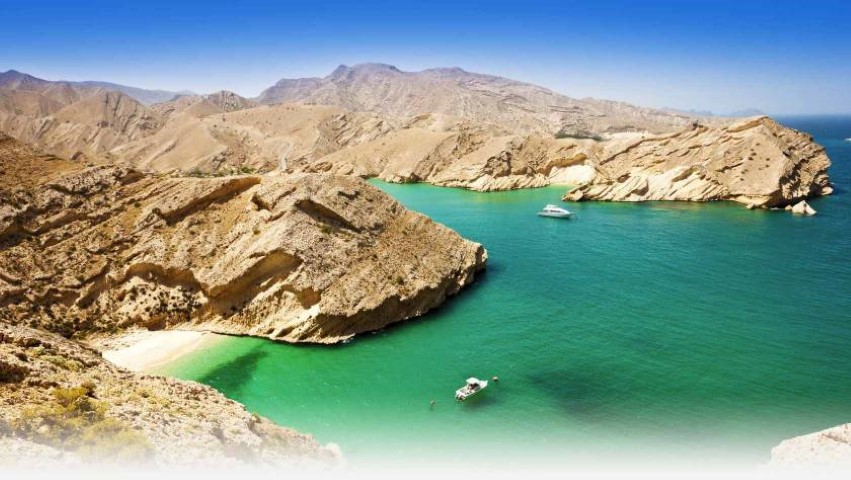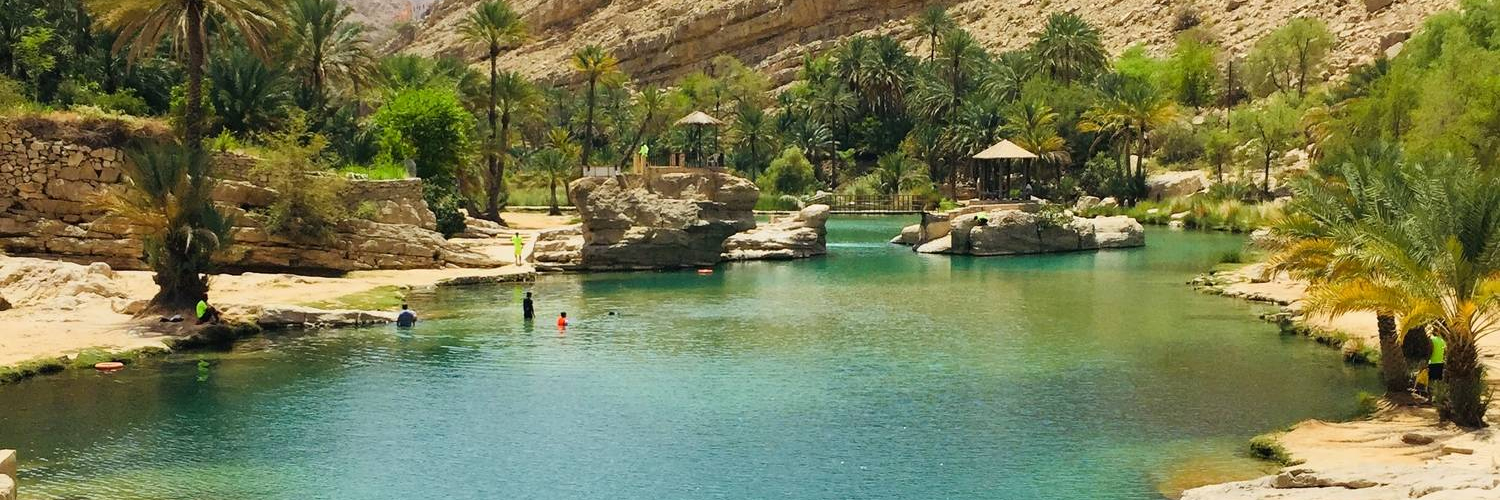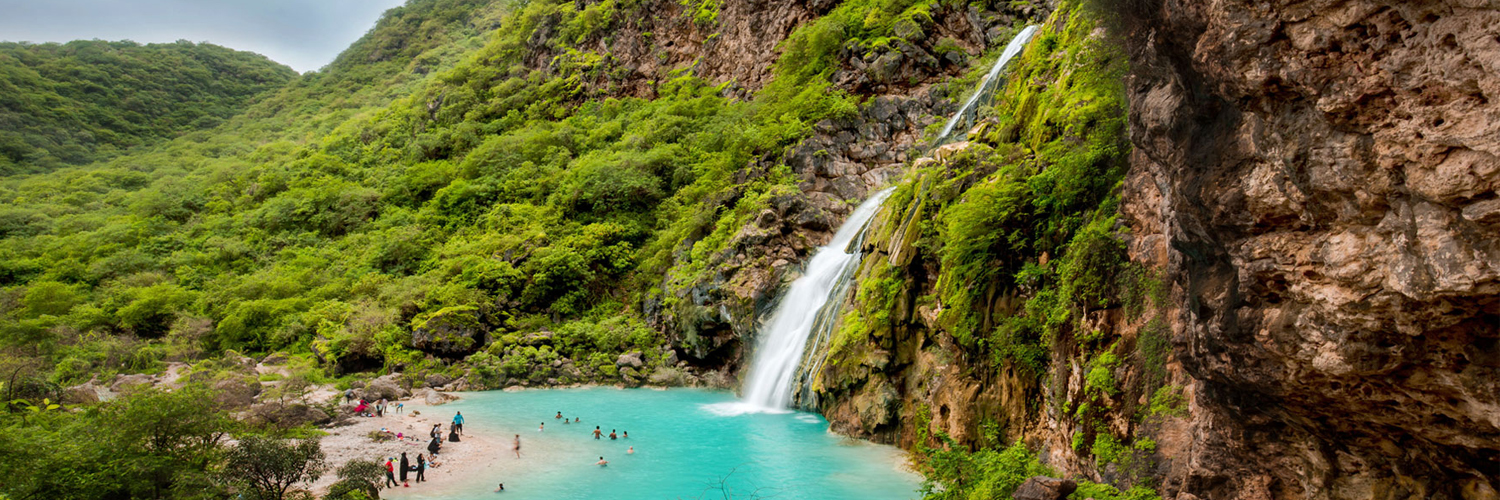Travel Oman with us | Book Oman Tour Packages Online
The Sultanate of Oman is in the Middle East, on the southeastern end of the Arabian Peninsula. It borders the United Arab Emirates in the northwest, Saudi Arabia in the west, and Yemen in the southwest. Oman has two exclaves separated from it by the United Arab Emirates, the Musandam Peninsula and Madha.
Understand
Until Sultan Qaboos bin Said exiled the previous Sultan in 1970, Oman was an under-developed nation, and almost completely closed to visitors. Since that time, education, public works and tourism have taken off throughout the country.Omanis are friendly people and are very helpful to tourists. In turn, tourists should respect the ways and traditions of the Omani people.
Omanis are proud of both their country's rapid progress and their heritage as one of the great sea-faring nations. Excellent schools and hospitals, good governance, and on-going infrastructure improvement are all important characteristics of this once introverted and closed nation.
Climate
Oman has one of the hottest and driest climates in the world. However, there are substantial differences between the coastal zone, the mountain regions, the arid inland desert and the southwestern region of Dhofar.Summer day temperatures on the coast can easily exceed 40°C (104°F). Coupled to night temperatures of 30°C (88°F) or more and relatively high humidity, this makes going outside very unpleasant. In the Omani desert, Summer daytime temperatures of over 50°C (122°F) have been reported. Winter is much more pleasant with daytime temperatures generally between 25 and 30°C, and is therefore the preferred period of travel.
Rainfall is less than 100 mm (3.9 in) per year, mainly falling in Winter in the form of very heavy and prolonged thunderstorms. These can lead to dangerous flashfloods in the lower reaches of the usually dry river beds.
In the mountain areas, temperatures are milder with more rainfall. In the higher reaches (over 2000 m), snowfall is even possible in Winter, though this will never last for more than a single day.
The Dhofar region has a different climate with monsoon rains between late June and late September. Summer temperatures are much more pleasant there.
Because of its hot climate, sea water temperatures are high all year round.

